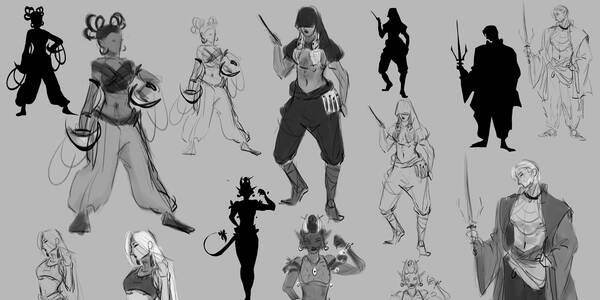feature / artcenter-extension / faculty / alumni / spatial-experience-design
August 02, 2023
By Solvej Schou
Images courtesy of Chiaki Kanda
ACX Teens course Spatial Experience Design teaches drafting and model making
In the ACX Teens course Spatial Experience Design, taught by alum Chiaki Kanda (BS 01), students learn conceptual thinking skills and fundamentals like drafting and model making.
“This is a course for curious and motivated students to learn from each other,” Kanda says. “It’s hands-on, involves multiple materials and media, and can get messy, but in a good way.”
The course draws from several disciplines, including architecture, interior design, landscape design, furniture design and branding. Projects may include designing a house, a restaurant or a retail store.
“I first ask them to share experiences they’ve had, good or bad, in a memorable space or place,” says Kanda. “Was it a building, an interior, an event, outdoors? We discuss what the defining elements were. Was there food, music, warmth, colors? Were you with friends or family?”
These initial conversations allow Kanda to introduce elements of the spatial experience by relating it to students’ everyday lives, she says. Using a sketchbook, pencil and tape measure, they record their proportions (height, arm spread, foot length, hand spread) and are reminded of the five senses: vision, hearing, touch, smell and taste.
“This equips the students with their personal reference, to measure anything they encounter,” Kanda says. “They’re given the essential tools they need and can take them anywhere to record their observations and to analyze and explore their ideas throughout the term.”
Students’ ideas evolve from a pencil sketch or an inspirational two-dimensional image into a freestanding, constructed form, she says. In the course, students experiment with a variety of materials—found, recycled or store bought—to shape their own voice.
“The model making process gives students the satisfaction of creating order from a seemingly chaotic mix of materials, colors, textures and forms,” says Kanda.
Students are encouraged to use their smartphones to create multimedia presentations with visuals and sound, including fly-through videos of their designs.
“We work to bridge the connection between the conceptual and the practical—known as form versus function,” she adds. “I tell the students that coming up with an idea is only 10 percent of the design process. The crux of the challenge is turning that idea into reality, to physically manifest and execute a three-dimensional representation of the vision in their head.”







